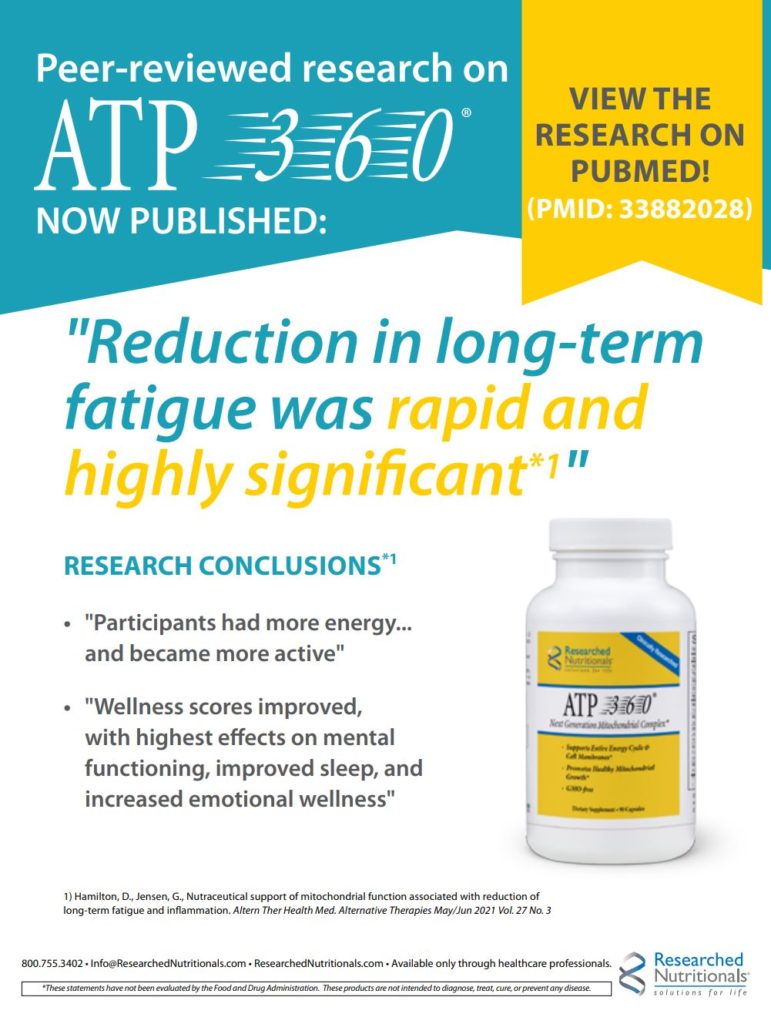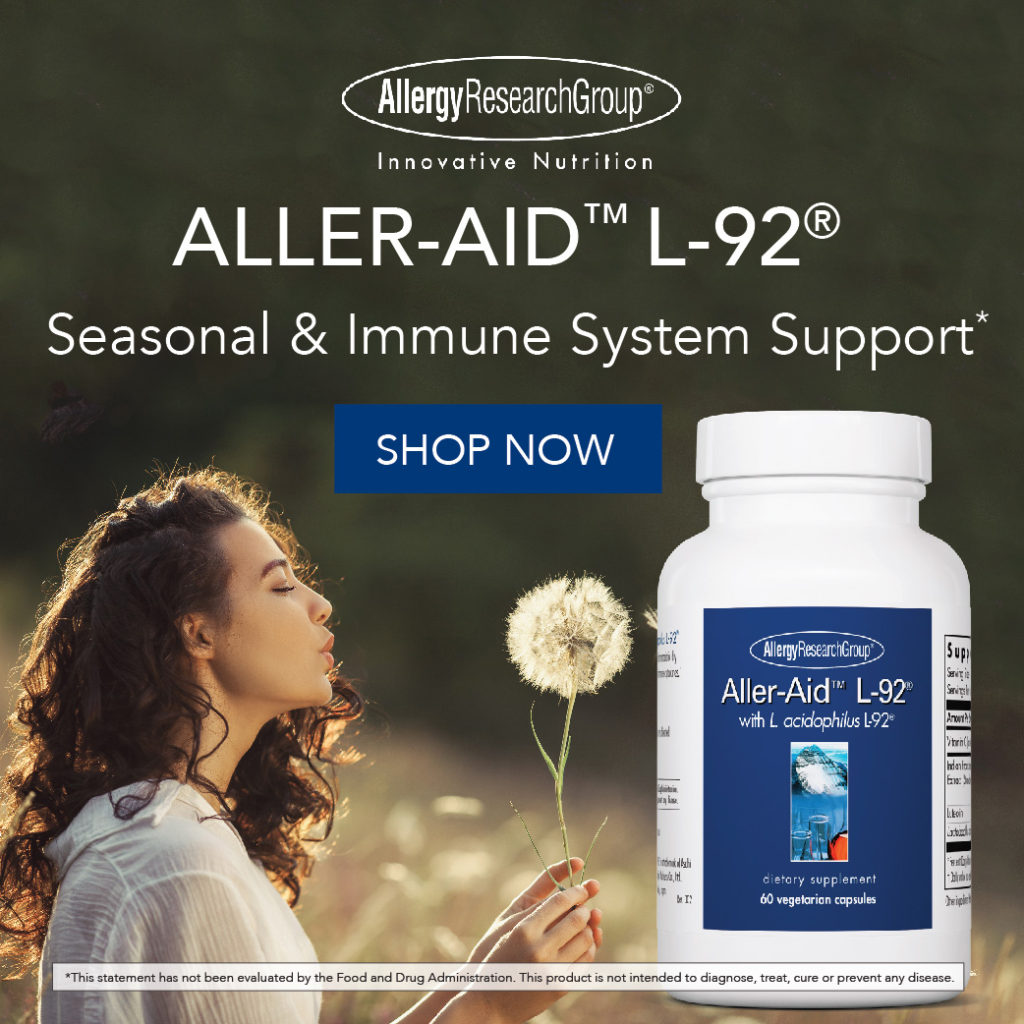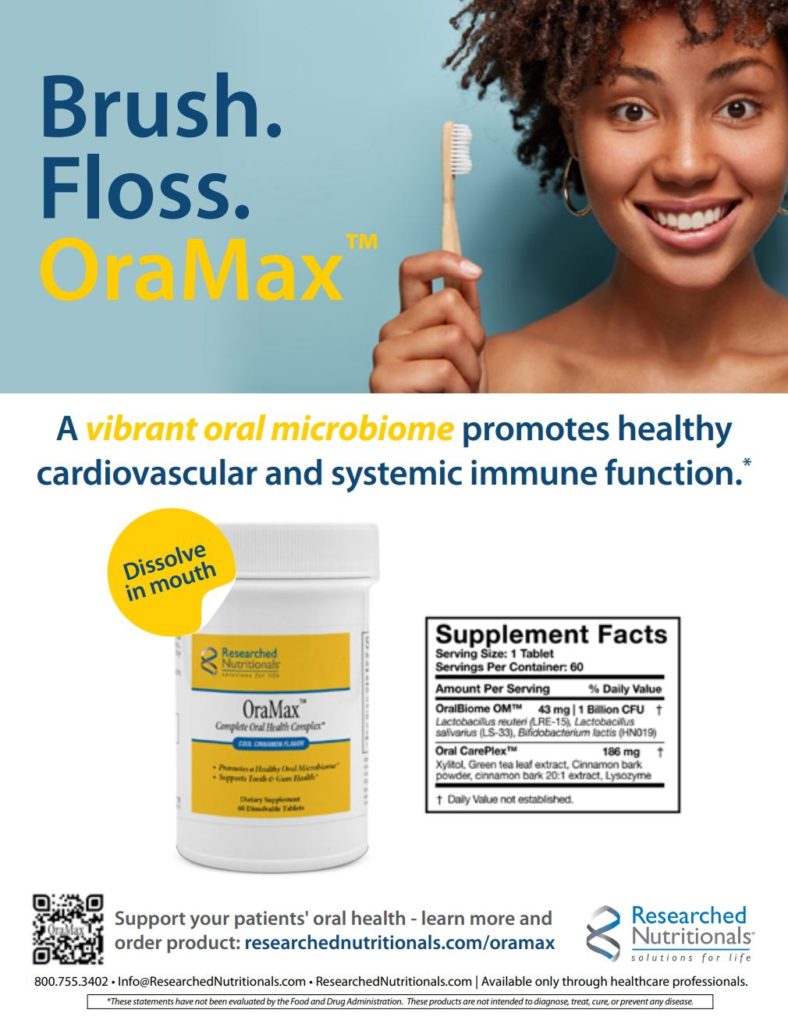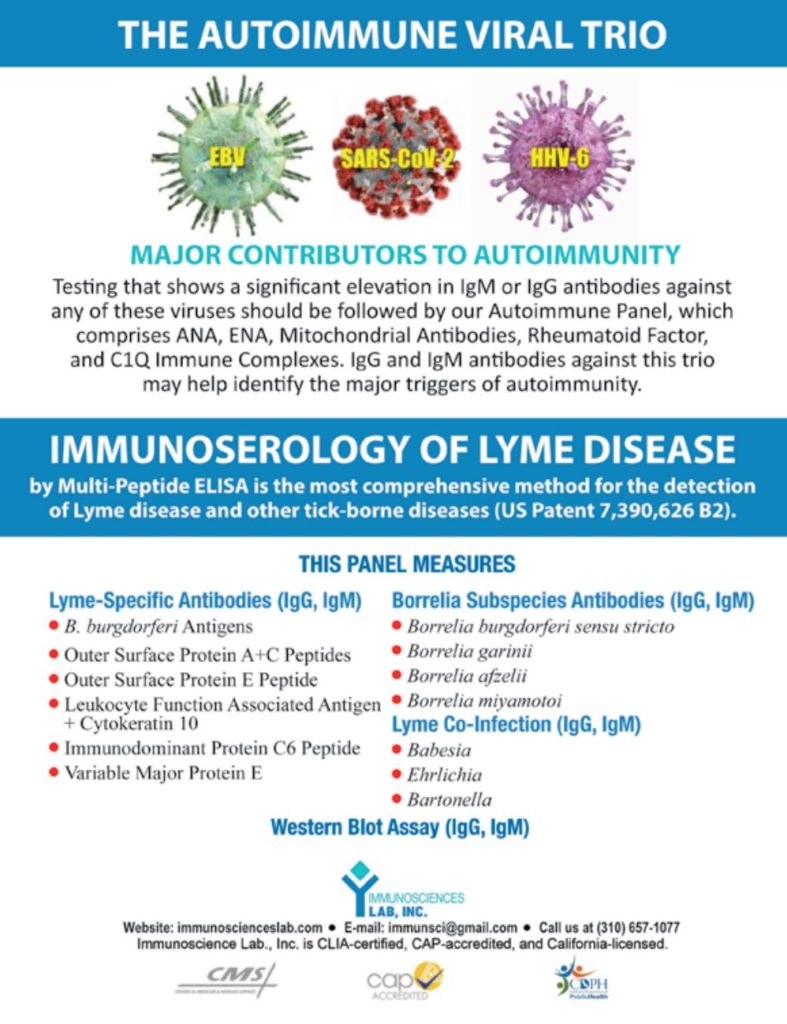by Marc Grossman, OD, LAc
Mind/Body medicine is based on the fact that our health and well-being depend on all the individual parts to work together effectively. So it should come as no surprise that healthy eyesight is also dependent upon our total well-being, which is affected by our genetic makeup, the food we eat, our work environment and exposure to airborne toxins, as well as our general belief systems about ourselves and the world we live in.
Each of us is unique and literally takes the world in through our senses, primarily through our vision. Many believe the way we take in the world is, to some degree, a reflection of who we are and which symptoms we might manifest. The integrative approach evaluates the person’s lifestyle, habits, diet, exercise routine, and stress management, along with the family history, in determining a therapeutic approach. It attempts to bring in the patient as an active partner in the program to improve or maintain eye health. Specific habits have been identified in studies to be very damaging to eye health, including smoking, excessive alcohol, coffee, excess sugar and refined foods, and hydrogenated oils (like margarines).
Nutrition and nutritional supplementation could play a key role in helping to prevent vision loss and keeping our bodies strong. More and more peer review studies are identifying specific nutrients, by eye disease, that are lacking in patients with diseases such as the following.
Glaucoma
Oxidative stress and free radicals may play an important role in the onset of glaucoma by causing damage to the trabecular meshwork responsible for effective outflow of the aqueous fluid, and the retinal ganglion cells.1,2 The optic nerve requires healthy circulation to the eyes and essential nutrients to maintain cell integrity and good vision. Research has shown that circulation to the optic nerve is poorer for those with glaucoma, particularly for normal or low-tension glaucoma. Glaucoma is not just a matter of normal IOP but also of keeping the optic nerve properly nourished. Antioxidants play many roles to help reduce oxidative stress and damage due to free radicals, protect the trabecular meshwork, and support healthy circulation to the optic nerve.
Vitamin C. In parts of Europe and Asia, vitamin C is considered part of routine treatment for glaucoma. It lowers eye pressure through a combination of decreasing fluid production and improving the outflow of aqueous humor. It also improves collagen metabolism, which may be one of the underlying reasons for the development of glaucoma. Nutritional sources include citrus fruits, red peppers and tomatoes.
Vitamin C helps keep the trabecular meshwork from being blocked.3
Omega-3 fatty acids may help reduce the chronic inflammatory processes that are found in many patients with glaucoma. Fish and unrefined fish oils are rich in omega-3 fatty acids. Studies have shown that Eskimos, who have a high intake of omega 3, have a very low incidence of open-angle glaucoma. Some studies on animals further indicate that fish oil can reduce fluid pressure within the eyes. The best sources are the flesh of cold-water fish (example; salmon, mackerel, cod) as well as black currant seed oil and flax seed oil. Consider eating fish three times a week.
Coleus (Coleus forskohlii) is an herb in the mint family that is traditionally used in Ayurvedic medicine. Certain studies have shown that coleus will lower intraocular pressure by relaxing smooth muscles in the eye. There is no natural food source. It is derived directly from the coleus plant. Researchers find that the active ingredient in coleus, forskolin, can help lower intraocular pressure and support the health of the retinal nerve ganglions and the optic nerve.4,5
Ginkgo biloba can increase the circulation of blood to the eyes. It has been shown, in some cases, to help lower intraocular pressure in the eyes. There is no natural food source. It is directly derived from the ginkgo tree.
Magnesium is a mineral that relaxes smooth muscles, which regulate the outflow of aqueous humor from the inner eye. Natural sources include most nuts, seeds, vegetables, seafood, and soy. Magnesium improves microcirculation in glaucoma patients and may protect the retinal ganglion cell against oxidative stress and cell death.
Amino acids. Important amino acids include taurine (concentrated in the eye and found in the optic nerve), glutathione (one of the most important antioxidants in the eye), and cysteine (taken as N-acetylcysteine). These nutrients assist the liver in producing glutathione.
Flavonols. Quercetin is a bioflavonoid that supports vision and the optic nerve.
B vitamins. Vitamin B12 supports the nervous system and nerve health. Vitamin B3 (niacin) may have a protective effect.6 A combination of B6, B9, and B12 helps to lower homocysteine levels that are linked to higher risk of developing glaucoma.7
Green leafy vegetables. A diet rich in green leafy vegetables is one of the most important prevention methods for glaucoma. Researchers evaluating the diets of over 100,000 health professionals over a 26- to 28-year period found that those people who included the highest levels of green leafy vegetables in their diets had a 30% lowered risk of primary open angle glaucoma than subjects with lowest levels of leafy greens in their diets. These subjects also had a 40 to 50% lower risk of developing early paracentral visual field loss.8
Digestion and vitamins. Make sure to follow tips for taking vitamins and maintaining good digestion. Always take vitamins with food. Digestive enzymes are stimulated when eating and aid in nutrient absorption.
If you must take glaucoma medication, note that alpha lipoic acid has been found to help prevent the conjunctiva scarring caused by some glaucoma medications. Note that these drugs have been associated with causing or aggravating glaucoma.
Exercise. Regular exercise is tied to a lower risk of glaucoma. Exercise such as a regular brisk walk is about as helpful as using beta-blockers medication for glaucoma. A brisk 40-minute walk five days a week is a good target.9 Research has shown that glaucoma patients who take a brisk, 40-minute walk five days a week for three months can reduce the pressure in their eyes by approximately 2.5 millimeters—similar to the reduction seen when using beta-blockers.10
Exercise decreasing pressure. Researchers have found that some forms of exercise reduce intraocular pressure—both mild forms of exercise such as tai chi, walking, dancing, yoga, and pilates and more obviously vigorous exercise such as jogging and aerobics. One study looking at student runners found that eye pressure was reduced by 4 mmHg after running.9 Another concluded that including aerobic exercise in one’s routine decreases intraocular pressure.10 And a third study looked at exercise under several controlled circumstances and found that the amount of pressure decrease was associated with the degree of intensity of exercise.11 Even in sedentary people who do not get sufficient exercise, walking and jogging both decrease intraocular pressure.12
Exercise increasing pressure. Researchers also found that eye pressure may increase due to some forms of exercise, such as doing bench presses (heavy weights), even more so if the subject inadvertently held their breath while lifting.13
Some yoga postures with a head down position increase intraocular pressure. One study looked specifically at four specific postures which were held for two minutes. Adho Mukha Svanasana (down dog), Uttanasana (forward bend), Halasana (plow), and Viparita Karani (legs-up-the-wall) all increased intraocular pressure measured at two minutes. Down dog yielded the highest increase in glaucoma patients (~11 mmHg) with a slighter greater increase in patients without glaucoma (~12mmHg). For glaucoma patients/non-glaucoma patients, forward bend resulted in ~10mmHg/~8mmHg; plow resulted in ~6mmHg/~4mmHg; and legs-up-the-wall resulted in ~3mmHg/~3mmHg. The IOPs returned to the baseline measurement within sitting for two minutes.14
Our recommendation is that if you do yoga and have a history of open-angle glaucoma where the eye pressure tends to be above normal (IOP), you either avoid these postures or do them for a shorter period of time such as 10-15 seconds. Of course always check with your eye doctor as well.
Macular Degeneration
Stop smoking. This is one of the most important things you can do to prevent damage to your vision. A 2005 review of research pointed out that 13 separate studies found that there was a statistically significant tie between the habit of smoking and the development of age-related macular degeneration (AMD). The risk in smokers was two to three times higher than in non-smokers.15
A 2015 study identified damage and inflammation caused by smoking to several layers of the macula: the pigmented layer, Bruch’s membrane, the choroidal stroma.16
Protect against blue light. Wear sunglasses (wear wraparound sunglasses especially if you have been diagnosed with AMD) that are UV resistant to protect your eyes against damage from blue light.
Leafy greens. Make sure your diet includes plenty of fresh, preferably organic, dark leafy greens. These vegetables are rich in carotenoids, the colored pigments that your eye needs, especially lutein and zeaxanthin. Even if you don’t like vegetables such as collards, kale, and spinach, you can add them to soups, puree them in green drinks, juice them with other fruits and vegetables, or add them to other greens in salads. Many studies report that the nutrients found in these healthy vegetables lower the risk of developing macular degeneration.
Low-fat diet. The Western diet, high in fats, is associated with a higher risk of macular degeneration. Researchers have found that a high-fat diet gives rise to weak gut microbiota resulting in poor digestion and long-range, low-grade inflammation in the entire body. These factors appear to be the source of high rates of AMD in men who are overweight.17
Lutein/zeaxanthin. These two carotenoids have been shown to be low in people with macular degeneration. Increasing intake of them either by foods or by supplements has been found to prevent and even improve macular degeneration in many cases. Natural sources are green leafy vegetables, including spinach, kale, and collard greens. Other research has determined that astaxanthin18 and meso-zeaxanthin, other potent antioxidants, are important. Vitamin C has been found to enhance the absorption of lutein.
Bilberry strengthens the structural integrity of blood vessels throughout the body and promotes healthy circulation, particularly to the small capillaries that deliver oxygen and nutrients to the eyes. Bilberry also helps prevent free radical damage to the delicate structures within the eye. Natural sources are blueberries and huckleberries.
Taurine. This amino acid is important for the regeneration of worn-out tissues of the retina. It helps protect the eyes from ultraviolet radiation. Natural sources include eggs, meats, and fish.
Vinpocetine improves the utilization of glucose and oxygen in the brain and retina.
Zinc. The macular can degenerate when zinc is deficient. It is found naturally in meats and oysters.
Resveratrol has been found to inhibit the growth of new blood vessels in the advanced form of macular degeneration, choroidal neovascularization.19,20
Omega-3 fatty acids. Many research studies have established that omega-3 fatty acids lower the risk of macular degeneration.21 Omega-3s have the ability to regulate formation of extraneous blood vessels that distort vision.22 Eating fish is a great way to increase omega-3 in your diet.
The standard western diet tends to be very high in omega-6 fatty acids, with a ratio of about 10-20:1 (omega-6:omega-3). The Mediterranean diet has a higher proportion of omega-3; the ratio is about 4-5:1. This ratio is associated with a protective effect against the severe neovascular form of AMD.23
Vitamin D3. Low levels of vitamin D3 in the body are associated with increases in macular degeneration symptoms. D3 has anti-inflammation and anti-angiogenic capacities and has the greatest benefit in patients where the genetic risk is greatest.24 Because D3 has an important role in the immune system and aging process, it is important in age-related conditions such as macular degeneration where the retina suffers age-related damage.25

AREDS. The nutrients specified in the 2001 AREDS (which investigated vitamins C and E, beta-carotene and zinc) were found to reduce the risk of advanced AMD by about 25%. The AREDS formula includes 500 mg vitamin C; 400 IU vitamin E, 15 mg beta-carotene, 80 mg zinc, 2 mg copper.
AREDS2. The nutrients tested in 2006 (which added omega-3 fatty acids, lutein and zeaxanthin, and reduced zinc and beta-carotene in the AREDS formula) were found to further reduce the risk of advanced AMD. As a result of AREDS2 the formula was revised to 500 mg vitamin C; 400 IU vitamin E, 10 mg lutein, 2 mg zeaxanthin, 350 mg DHA, 650 mg EPA, 25 mg zinc, and no beta-carotene.
A note for vegetarians: The AREDs studies found that zinc is necessary for a healthy macula: 11 mg daily for men and 8 mg daily for women. Zinc is abundant in meat and seafood. It is also abundant in nuts, grains, and legumes, but not in a readily absorbable form. The body does not store zinc well, so zinc supplementation might be needed for vegetarians and vegans.
Cataracts
Though most conventional physicians attribute lens-related problems to general aging, we believe that they are often a symptom of an underlying condition due to a metabolic imbalance. They signal that the natural processes of your body are breaking down on some level, and that the normal flow of nutrients into the eyes and waste products out of the eyes has been compromised.
Even people preparing for cataract surgery should seek to improve their overall health before they go through this invasive procedure, as this may aid healing times and help protect the retina.
Diet is important. A 2011 study compared diets of nearly 28,000 people and found that those who ate the most meat had the highest incidence of lens problems.26 This doesn’t mean to stop eating meat, but it does demonstrate that a healthy diet with lots of fruit and vegetables is helpful in reducing risk.
A ten-year assessment of the diets of nearly 40,000 women found that those who consumed the most fruits and vegetables had a 10-15% lower risk of developing cataracts.27
Avoid nutritional deficiencies. Important nutrients include glutathione, (supported by lipoic acid, vitamins E and C, and selenium), vitamin A, lutein, zeaxanthin, vitamin B2 (riboflavin), pantethine, folic acid, bilberry, and melatonin.28
Vitamin C. The normal healthy lens of the eye contains a higher level of vitamin C that any other organ of the body except the adrenal glands. Studies have shown a decreased level of vitamin C in the aqueous humor as well as in the overall body when cataracts are forming. Vitamin C has also been shown to control sugar imbalances that often play a role in cataract formation. Natural sources include citrus fruits, red peppers, and tomatoes. Vitamins C and E act as antioxidants and are essential for enzyme formation and process.29,30
Glutathione could be very effective in preventing cataract formation and is crucial in possibly altering free radical damage. Some studies have shown that many lenses with cataracts contain approximately one-fifth the amount of glutathione as compared to normal lenses. Glutathione is essential for forming enzymes in eye tissue and blocking damage by free radicals.28,31
Glutathione is produced by the body and is composed of three amino acids: cysteine, glycine and glutamic acid. All the following nutrients could help increase glutathione levels: N-acetyl cysteine, alpha lipoic acid, vitamin C, selenium, vitamin E, vitamin B2, vitamin B6, zinc, and other nutrients. Natural sources include eggs, broccoli, avocados, garlic, onions, and cauliflower.
Although the following nutrients are linked to reduced lens problems and/or reduced symptoms, other research has additionally noted that combinations of these nutrients are even more effective. For example, the combination of vitamins A, C, and antioxidants32 and the combination vitamins B1, B2, B3, C, E, and carotene in the diet significantly lessened the risk of all cataract types.33 Selenium is an essential trace element that supports antioxidants.

Lipoic acid and N-acetyl-carnosine act as antioxidants to support visual clarity through free-radical capacity and maintaining lens crystallins. The ability of the natural protein L-carnosine to pass through the liquid and fatty portions of the eye helps prevent damage to DNA by UV radiation. It contains sulphur, which supports certain bonds in the lens’ crystalline structure and may be able to help repair lens transparency.34
Vitamin B2 behaves like an antioxidant and its deficiencies contribute to cataract development.
Vitamin B3 is related to metabolism, hence its use in lowering cholesterol and avoiding pellagra.35 It is inversely related to the development of some types of lens opacities.
Vitamin B6 supports cell growth and help synthesize amino acids, as does folate. B6 is associated with lower risk of lens opacity.35
Vitamin B12 is needed for correct functioning of the brain and nerve cells and is also associated with lower risk of lens opacity.35
Lutein is a yellow carotenoid antioxidant that protects the eye from free radical damage through its ability to block blue and UV sunlight.
Astaxanthin also protects against free radical damage. It is ten times as powerful as beta-carotene and is able to cross the cell membrane, fighting free radicals both inside and outside human lens tissue
Cineraria, the homeopathic formulation for lens support, stimulates lymph flow in and around the eyes to remove toxins and maintain clarity.36
Make a habit of exercise. Long-term exercise, as opposed to a seasonal bout of exercise training, reduces cataract risk. For example, walking or bicycling an hour a day or a job that includes heavy manual exercise reduces cataract risk by 13%.
Prevention is the best medicine. Using complementary medicine to try to address the underlying cause, along with traditional medicine to try to prevent damage on an acute basis, is the best approach to preserving vision both short and long-term.
Dry Eyes
Supplement with research-proven nutrients that have been found to be helpful to manage dry eyes. Important nutrients include omega-3 fatty acids, and vitamin D.37-39 Researchers have noted that high intakes of omega-3 fatty acids can significantly reduce dry eye syndrome symptoms,40,41 including osmolarity, tear break-up time and inflammation.42-44

Dry eye homeopathic eye drops are very effective. We recommend the drops especially formulated for women and for men.
Make sure to eat lots of green leafy vegetables.
Avoid sugar and/or artificial sweeteners: It’s thought that excess sugar in the diet results in too much un-utilizable glucose in the eyes (more than half of all diabetics suffer from dry eye syndrome).45
Consumption of more than 11 teaspoons of sugar a day has been linked to dry eye syndrome (a single can of soda contains approximately 9 teaspoons of sugar). Sugar is hidden throughout processed and refined foods, including cereals, ketchup, and salad dressings.
Avoid the toxic fats in commercial red meat, dairy products, fried foods, and man-made fats. These fats interfere with the proper metabolism of essential fatty acids in the body and are indirect causes of dry eye syndrome
Gut issues may contribute to dry eye. Try taking a high-quality probiotic to replenish the healthy flora in your gut, particularly if you have been on antibiotics. Gut issues are especially important if inflammation is a contributing factor.43 Leaky gut can be the source of inflammation.
Drink 8-10 glasses of water a day.
Avoid any foods to which you may be allergic. Try cutting out categories of foods for a week at a time, and see how you feel, or visit an allergist for testing. Typical allergenic foods include nightshades (eggplant, peppers, tomatoes, white potatoes and cucumbers), milk, wheat, and corn (or products with corn in them).
Eyedrops that promise to “get the red out” may reduce circulation in the eye, limit moisture production, and may make your dry eyes worse.
Exercise such as a brisk daily walk is important for all eye conditions and overall health. A Japanese study concluded that an increase in the level of physical activity can be an effective intervention for the prevention of and/or treatment of dry eye disease, as well as helping alleviate other disorders.47
Use a humidifier at home and/or at work to keep the air from drying out in the winter.
Remember to blink, especially while working at the computer. When you work at the computer your blink rate decreases sharply. Researchers have discovered that equally important with blinking is blinking completely. Making sure that when you blink you close the eyelids completely makes a large difference in reducing the symptoms of dry eye and computer eye syndrome.
Check your medications for any side effects that may cause dry eyes. Some drugs that can contribute to dry eyes include NSAIDS such as ibuprofen, synthetic penicillins, antihistamines, birth control pills, blood pressure medications, and antidepressants.
Gently massage your upper and lower lids, a couple of times a day to stimulate the tear glands. Better yet, do this while in a warm shower.
Eye Floaters
These are the nutrients that are most important in managing eye floaters. In general, by strengthening the health of the retina and vitreous, one reduces the risk of developing new floaters. These nutrients act together synergistically to help lessen the risk of floaters.
Vitamin C is a powerful antioxidant that is essential for overall eye health. Since floaters are often the result of vitreous tears/detachments and/or clumping of the vitreous due to aging, vitamin C plays a role in blood and lymph circulation, waste elimination and supporting connective tissue. Vitamin C is found in high concentrations in the eyes and helps neutralize the effect of oxygenation in the ocular fluids.47-49
Hyaluronic acid (hyaluronan) is a large molecule found in the vitreous gel which it is believed contributes to its gel-like quality50 and may also support related connective tissue in the retina.51 Elsewhere in the body it is found in the gel-like fluid that lubricates joints and it is a component of the tissue healing process. As we age, the amount of hyaluronan in the body decreases.
Liver Tonic. We recommend the classic Chinese liver formula xiao yao san, which contains rehmannia, milk thistle and dandelion. In Chinese medicine, the Liver “opens to the eyes” and stimulates energy and blood circulation throughout the eyes
However, nothing replaces a positive, healthy lifestyle that includes regular exercise, daily meditations or walks in nature, and a healthy diet. The rapid pace of our lives often interferes with us taking the time to really take care of ourselves. Caring for ourselves helps to keep our bodies healthy and maximizes the mind/body’s inherent healing










